(NLDO) - The November moon, commonly known in the West as the "beaver moon", will be the last supermoon of 2024.
According to Time and Date , by the morning of November 15, the Moon had reached 99% fullness, preparing for a spectacular performance at nightfall: the fourth and final Supermoon of the year.
Westerners often have interesting nicknames for full moons, with the November moon often being called the "beaver moon" because it falls during the time of year when beavers build winter dams. It also has some less common nicknames, such as the "frost moon" and "snow moon."
In 2024, before the Beaver Moon appears, we will have the opportunity to admire the Super Sturgeon Moon (August), the Super Harvest Moon (September), and the Super Hunter Moon (October).
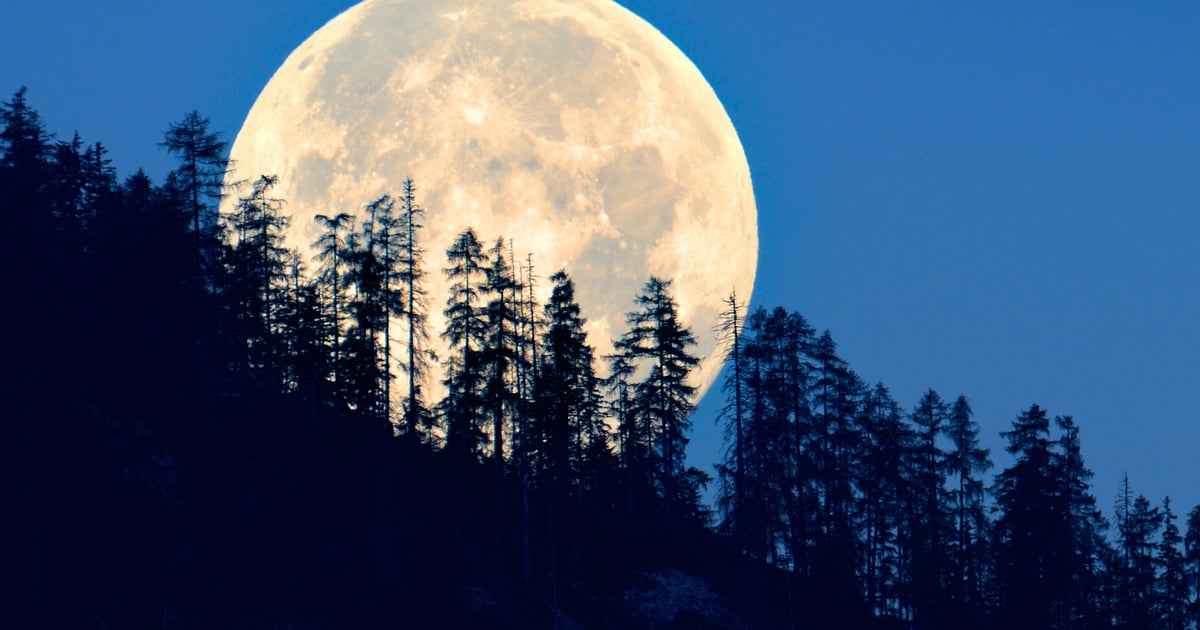
A supermoon from the US perspective - Photo: TIME AND DATE
A supermoon is a full moon that occurs when the moon is at its closest 10% of Earth in its elliptical orbit, making it appear larger than usual.
The November super beaver moon will reach its absolute fullness at 4:28 a.m. on November 16, Vietnam time, so the best time to observe it will be on the night of November 15 and early morning of November 16.
But to see the supermoon at its "greatest" appearance, you should observe it when it is still low in the sky, that is, when sunset has just fallen on November 15.
At that time, the phenomenon of "moon illusion" due to looking through the thick atmosphere as well as the viewing angle will make the supermoon have a beautiful pink-orange color and look even bigger.
The moon won't be fully full yet, but you'll barely notice the difference.
Astronomer Fred Espenak, an expert at NASA's Goddard Space Flight Center, calculated that at the time of its closest approach to Earth, at the perigee point on the morning of November 16, the Moon was only 361,866 km from Earth.
The light show on the night of November 15 and early morning of November 16 will be even more interesting with the "seven sisters" appearing very close to the supermoon, below and to the left.
Those seven beautiful bright spots are the Pleiades, a scattered star cluster located in the constellation Taurus.
The Latin name Pleiades comes from the seven Pleiades, daughters of the giant Atlas and the sea goddess Pleione in Greek mythology.
Source: https://nld.com.vn/dem-nay-viet-nam-don-sieu-trang-hai-ly-moc-giua-bay-chi-em-196241115094127347.htm




![[Photo] Prime Minister Pham Minh Chinh receives Mr. Jefferey Perlman, CEO of Warburg Pincus Group (USA)](https://vstatic.vietnam.vn/vietnam/resource/IMAGE/2025/4/18/c37781eeb50342f09d8fe6841db2426c)



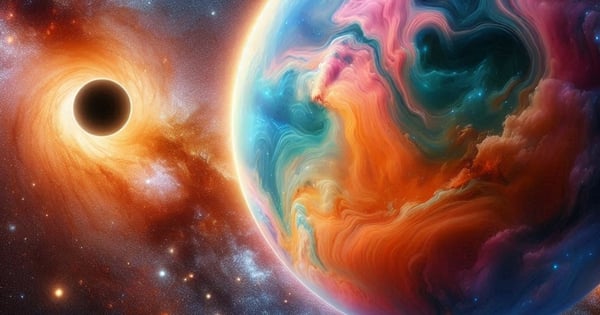
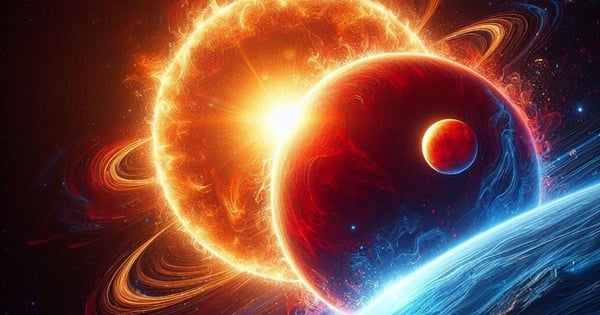
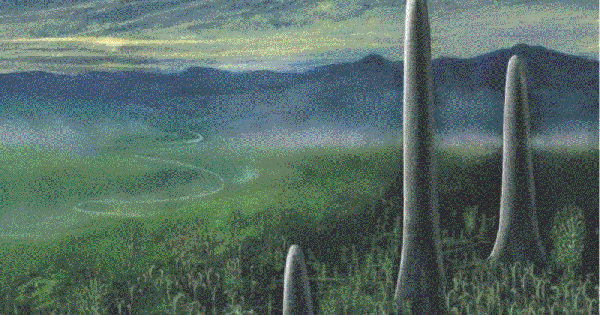
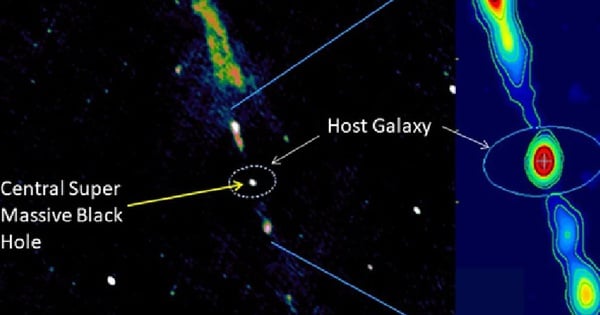



















































































Comment (0)